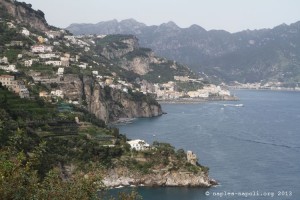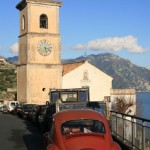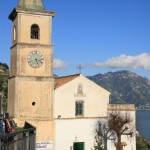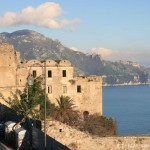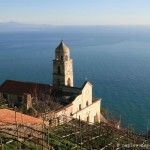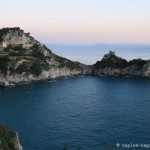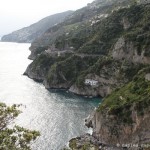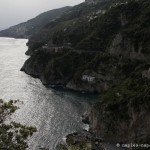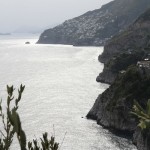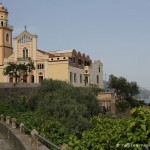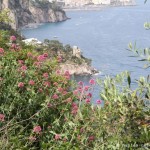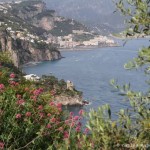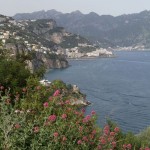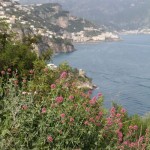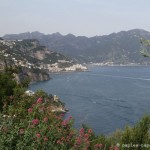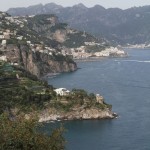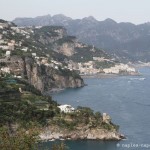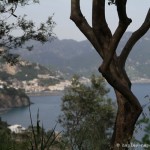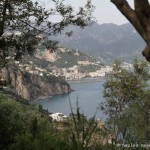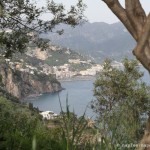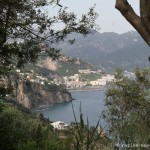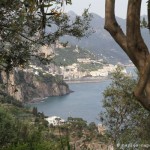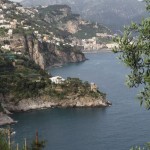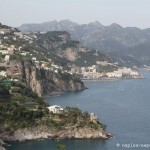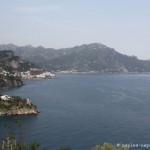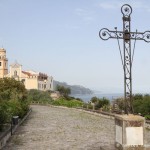Conca dei Marini was also called the city of sailors.
The Marina di Conca is a creek, the only beach in the village, with a small harbor where local fishermen mate. In the past, there were village activities such as tuna fishing. There is a charming chapel dedicated to Notre-Dame des Neiges, celebrated on August 5th.
Tourism has become its main activity, with some fishing and lemon production.
The Cape of Conca Tower, also known as the Saracen Tower or White Tower, is an old 16th century watchtower erected on the promontory Capo di Conca, by the viceroy of Naples Peter of Toledo, to defend the territory from the Turks.
It served as a cemetery until 1949, when it was restored by the municipality.
In its municipality is the Emerald Cave, Grotta dello Smeraldo. It can be visited, it is a small cave partly underwater, discovered by fishermen in 1932. It owes its name from the emerald color of the water, due to the light of the sun filtered by the passage which connects it at the outer sea. In the geological past, it was located above the sea, and formed stalactites and stalagmites that sometimes combine in columns of more than ten meters. The region, volcanic, is subject to phenomena of bradyseism (rise or descent of the soil apparently due to dilations or retractions of the magma under the zone). This is why the ground of the cave went down until sinking under water.
The Church of St. John the Baptist, or St. Anthony of Padua (the protector of Conca dei Marini), was raised on a cliff, it is characterized by a steeple steeply covered with earthenware and a baroque facade with a picture of Saint Anthony.
- Vue vers l’est depuis les hauteurs de Conca dei Marini


